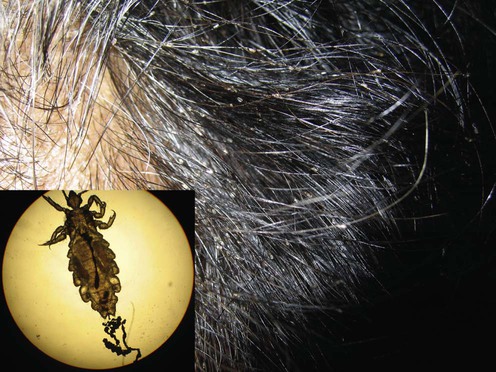Pediculosis

Get Clinical Tree app for offline access
Pediculosis capitis
Management strategy
First-line therapies
![]()
Stay updated, free articles. Join our Telegram channel

Full access? Get Clinical Tree





 Benzyl alcohol 5% lotion
Benzyl alcohol 5% lotion Carbaryl 0.5% lotion
Carbaryl 0.5% lotion Ivermectin 0.5% lotion
Ivermectin 0.5% lotion Malathion 0.5% lotion
Malathion 0.5% lotion Permethrin 1% creme rinse
Permethrin 1% creme rinse Spinosad 0.9% topical suspension
Spinosad 0.9% topical suspension